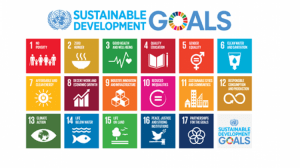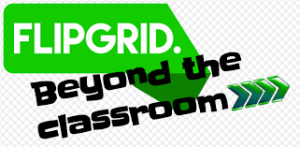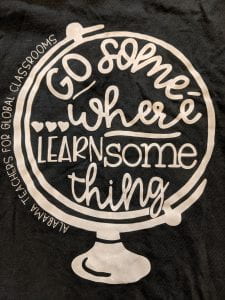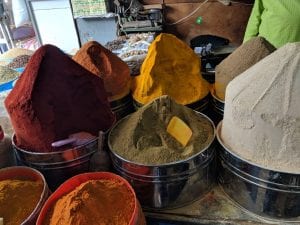
From The World
graphic from Asia Society
I strongly encourage any teacher, whether high/middle/or elementary, whether urban/suburban/rural, whether classroom/or specialty look into IREX Fulbright’s Teachers for Global Classrooms program. It will open up the world to you and more importantly open it up for your students.
What is global education?
When I was in elementary school my friends and I would sometimes identify ourselves this way:

Melissa Kent,
Tuscaloosa, Alabama,
the USA, North America,
Western Hemisphere, the World,
the Solar System, the Galaxy, the Universe
And students still do that;
All students, regardless of their current situation, need to have the opportunity to find their place in the world and contribute to its future.
Our students will be the citizens, workers and leaders our nation needs in the 21st century. There is now an urgent call for schools to produce students that actually know something about the world—its cultures, languages and how its economic, environmental and social systems work. Teachers need to know how to educate all students for participating in this global era.
Why is global education important and relevant for our community?
It’s a Small World After All Here is a link to a short PowerPoint I created to show my faculty why global education is important even in our small, Title One school. Feel free to use and edit it as you see fit. If the link doesn’t work for you just email me and I will send the file to you.
“Think Global, Act Local” was a popular catch phrase a while back. And I think it still serves as a good model for those of us in the elementary schools who are being tasked by this program to introduce our students to activism.
It is our childrens’ future after all .

If the Sustainable Development Goals (SDG) proposed by the UN are met by 2030, it is this generation that will first see the benefits.
from these achievements because global issues have a hometown effect.
Although my students may never leave their community, they are and will be effected by such issues as extreme weather, spreading mosquito borne diseases, and population shifts. Global issues have a hometown effect.
.
How does global education connect with our school systems (Tuscaloosa City Schools) existing priorities and initiatives?
(be sure to see my post under State and District Based Standards)
I am fortunate enough to work in a school district (Tuscaloosa City Schools) that understands the importance of a student’s global education.












